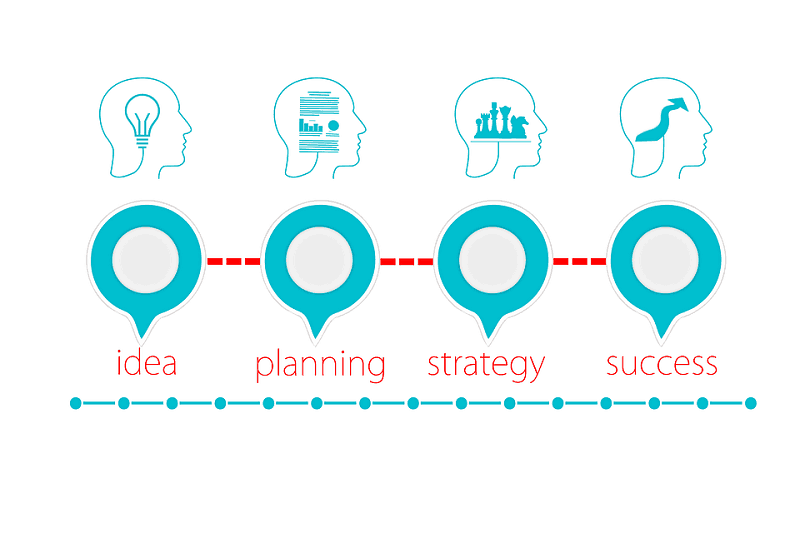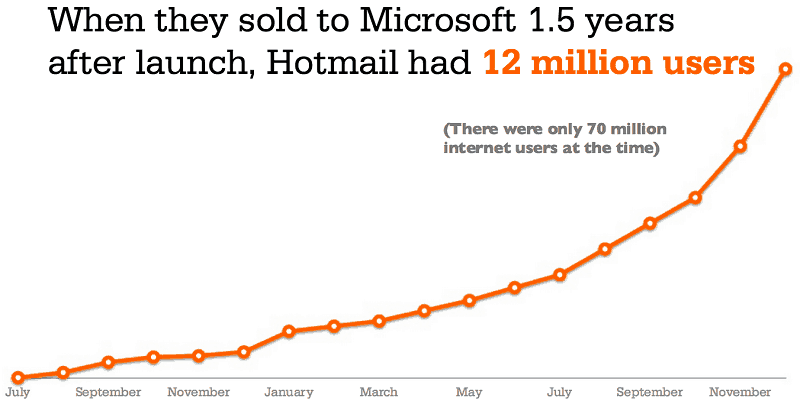Customer dissatisfaction is a common yet critical issue that every business encounters at some point. It can impact your brand’s reputation, customer loyalty, and ultimately, your bottom line.
For small business owners, understanding the root causes of customer dissatisfaction and addressing them effectively is key to sustaining growth and building a loyal customer base.
Table of Contents
What is Customer Dissatisfaction?
Customer dissatisfaction occurs when a product or service fails to meet the customer’s expectations. This can be due to various reasons such as poor product quality, inadequate customer service, or unmet promises. The consequences of customer dissatisfaction range from negative reviews and complaints to lost sales and damaged reputations.
Common Causes of Customer Dissatisfaction

1. Poor Product Quality
One of the primary reasons customers become dissatisfied is when the product they receive is of poor quality. This could mean the product is defective, does not match the description, or wears out quickly. For small businesses, maintaining high product standards is essential to avoid this pitfall.
2. Inadequate Customer Service
Customer service plays a crucial role in shaping customer perceptions. Slow response times, unhelpful staff, and unresolved issues can lead to frustration and dissatisfaction. Ensuring your customer service team is well-trained and responsive is vital.
3. Unmet Expectations
Sometimes, marketing and advertising efforts create high expectations that the product or service cannot meet. Over-promising and under-delivering can lead to disappointment. It’s important to set realistic expectations through honest and transparent communication.
Measuring Customer Satisfaction
To address customer dissatisfaction, you first need to measure and understand it. Here are some effective methods:
Surveys and Feedback Forms
Surveys and feedback forms are direct ways to gather customer opinions. Ask about their experiences, what they liked, and areas they believe need improvement. This data is invaluable for identifying common issues and areas for enhancement.
Social Media Monitoring
Social media platforms are where many customers voice their opinions. Monitoring mentions, comments, and reviews on these platforms can provide real-time insights into customer sentiments. Tools like Hootsuite and Sprout Social can help streamline this process.
Customer Support Interactions
Analyzing interactions between your customer support team and customers can reveal recurring issues and pain points. Regularly reviewing these interactions helps in gaining a deeper understanding of customer dissatisfaction.
Strategies to Address Customer Dissatisfaction

1. Improve Product Quality
Investing in better materials, conducting regular quality checks, and listening to customer feedback can help improve product quality. Ensuring that your product matches its description and meets customer expectations is fundamental.
2. Enhance Customer Service
Training your customer service team to handle complaints efficiently and empathetically can make a significant difference. Implementing a robust customer relationship management (CRM) system can help track and resolve issues promptly.
3. Manage Expectations
Be clear and honest in your marketing and communications. Providing accurate product descriptions, realistic timelines, and transparent policies helps in setting the right customer expectations.
4. Personalize Customer Interactions
Personalization can enhance customer experiences. Use data to tailor your interactions and recommendations to individual customer preferences. This makes customers feel valued and understood.
5. Implement a Feedback Loop
Creating a feedback loop where customer feedback is continuously gathered, analyzed, and acted upon ensures ongoing improvement. Showing customers that you value their opinions and are making changes based on their feedback can rebuild trust.
Conclusion
Addressing customer dissatisfaction is not a one-time task but an ongoing process. By understanding the root causes, measuring satisfaction accurately, and implementing effective strategies, small business owners can turn dissatisfaction into opportunities for growth and improvement. Remember, a satisfied customer is not only likely to return but also to recommend your business to others, driving long-term success.
By focusing on quality, customer service, and managing expectations, you can build a resilient brand that thrives on positive customer relationships. Start prioritizing customer satisfaction today, and watch your business flourish.



















